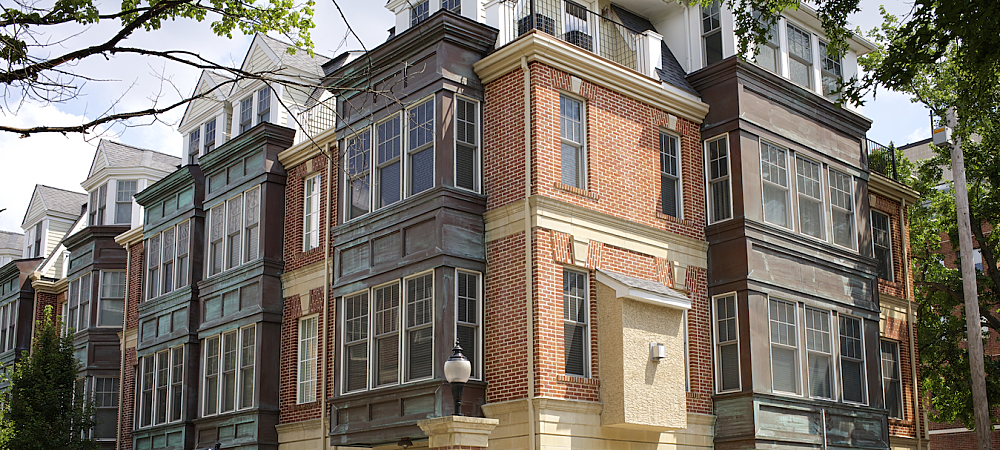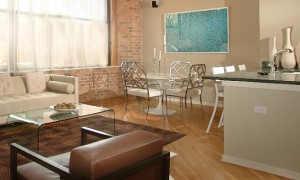Philadelphia Row Houses vs. Brownstones: Which is Right for You?
How do brownstones and row houses differ? Philadelphia row houses are generally thought to be any residence that connects to other similarly sized and shaped homes, lined up along a city block while the brownstone label refers to a specific style.
Philadelphia offers a wide variety of row homes and brownstones, and if you’re new to the city, you may wonder about the difference between these types of residences. While a brownstone may also be a row house, the label typically refers to a specific architectural design and building material. In contrast, Philadelphia row houses are generally thought to be any single-family residence which connects to other similarly sized and shaped homes, lined up along a city block.
Brownstones
True brownstone homes were primarily constructed in the second half of the 19th century using sandstone, a common building material found in quarries up and down the East Coast. Recognizable characteristics include the brown color of the stone along with external embellishments, especially those brownstones constructed in the Italianate style. Eventually, more durable building materials replaced sandstone, and brownstones lost favor among builders. Today, many Philadelphia neighborhoods, such as Rittenhouse Square, are known for their large historic brownstones which now function as multi-family properties.
Row Homes
According to the Philadelphia Row House Manual, the city’s first row homes were constructed to meet the needs of industrial workers wanting to live close to their jobs in nearby factories or along the waterfront. Philadelphia row houses were designed to separate smaller living spaces, in effect subdividing larger sections of land owned by one family. Today, Philadelphia is replete with many different row home styles. Some are as small as the 400-square-foot Trinities found in Society Hill, while row homes located in the Rittenhouse Square neighborhood may top 6,000 square feet. One of the most common row homes associated with Philadelphia is perhaps the post–World War II houses located in South Philly and Northeast Philadelphia. Most of these homes are between 1,500 and 1,800 square feet and come with a garage.
Attractions of Row House Living
Whether you’re searching for a traditional brownstone, a contemporary home or a Victorian style residence, it’s possible to find a row house in Philadelphia to fit your needs. Row houses are perfect for smaller families or single individuals who desire city living close to public transportation. The charm of older row houses is another positive for those who prefer living in historic neighborhoods with an abundance of local character. Also, the proximity of row houses often results in these neighborhoods being regarded as close-knit communities.
The beauty of Philadelphia’s signature brownstone and row house neighborhoods has been captured in many films, paintings, and photographs. Although the brownstone is just one architectural style, row houses remain popular due to their space-efficient layout. The price ranges of these smaller homes guarantee the availability of city living for every Philadelphia home buyer.
Photo Credit: Flickr/David Flores
[cf]skyword_tracking_tag[/cf]





1 Comment
Philadelphia Row Houses vs. Brownstones: Which is Right for You? | My Website
October 2, 2014[…] Philadelphia Row Houses vs. Brownstones: Which is Right for You? […]